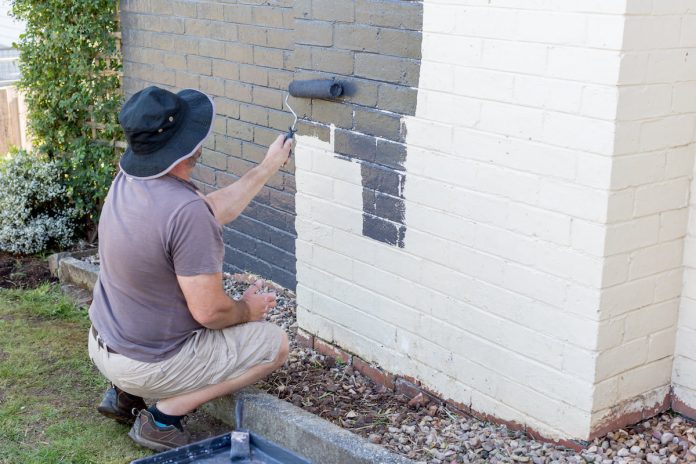5 Tips And Tricks For Painting Your Home Exterior
Painting your home exterior is an inexpensive project that brings countless benefits, namely, increasing your property’s value and improving your curb appeal. Exterior house painting can also prevent staining and peeling and help your trims and sidings last longer.
If you’re looking for paint color tips and other tricks for painting your home exterior, the information below can come in handy:
1. Wash It Before Painting Your Home Exterior
Regardless of how clean you think your home is, washing it first before painting is vital. This removes dust, dirt, and other debris that have accumulated over the years, allowing you to paint over a clean and smooth surface.
Undeniably, painting your home exterior is a project you should start doing soon. However, you should be careful throughout the process to ensure that you’ll end up with the best results. Hiring professional painters, such as the experienced team at painters stamford ct, can make a significant difference in the outcome of your project. Their expertise in exterior painting, attention to detail, and use of high-quality materials can ensure a flawless and long-lasting finish for your home. By entrusting your painting project to Painters Stamford CT, you can have peace of mind knowing that skilled professionals are handling the job, leaving you with exceptional results that enhance the overall appearance and value of your home.
2. Paint Your House In The Same Color
One of the most important paint color tips to follow when painting your home exterior is to choose the same hue or shade. Changing your exterior house color will require more time and effort as you’ll have to choose from thousands of color options and combinations.
Moreover, choosing to change the paint on your exterior can create discoloration. Even if you apply thin coats of paint, the existing coat might eventually show in some areas. This is especially true if you choose to use a lighter color in painting your home exterior.
Paint your exterior the same color to ensure that everything blends in. If you don’t know the specific color of your exterior, pull some peeling paint off the surface and visit your local paint store. If you can’t see any peeling paint, remove a painted item in your exterior, namely a strip of mold or dryer vent. Paint stores can easily match the existing color from the sample.

3. Choose Quality Over Price
You also need to pay attention to the quality of paint you’re using. Keep in mind that your home exterior is exposed to harsh weather conditions, and using low-quality paints will likely cost you more stress and expenses in the long run.
There are two types of paints suitable for exterior painting, namely:
- Oil-based: Oil-based paints are water-resistant, durable, and create a hard finish.
- Latex: Latex paints dry quickly, are durable, and easy to apply. This type of paint is also resistant to the effects of direct sunlight and is easy to clean up.
Aside from the type of paint, be wary of the brand you choose. Only buy from a brand with a proven track record in the industry as this shows the quality of their products.
4. Check The Weather
Proper planning is vital when painting your home exterior. Painting one area of your façade and then stopping after a few hours because of heavy rains is not only inconvenient; it can also cause discoloration on your exteriors as the paint is applied and dried at different times.
Before you start painting your home exterior, consider the season. Choose to take on this project during a dry time of the year when there is little or no rain and low humidity. It’ll be easier for you to paint your home exterior if the weather is right.
5. Protect The Landscape
Painting your home exterior always gets messy. You’ll be using different equipment for this project that can damage your outdoor space when left unattended—paint can drip on the ground, brushes can harden and peel off paint from the surfaces where they’re placed, just to name a few.
Always remember to cover your landscape before you begin painting your home exterior. Grab some plastic sheeting or trash bags, and then cover the ground, shrubs, and other vegetation near the area where you’re painting. You should also move or cover outdoor furniture or cooking equipment using drop cloths.
Knowledge Is Power
Painting your home exterior will not only require you to purchase cans of paints and brushes. You need to consider many things to ensure that you’ll end up with the best results.
If this is your first time painting your home exterior, you can use this article as your guide. Following the tips here can be your key to having the most appealing exteriors—as if pros painted them!


